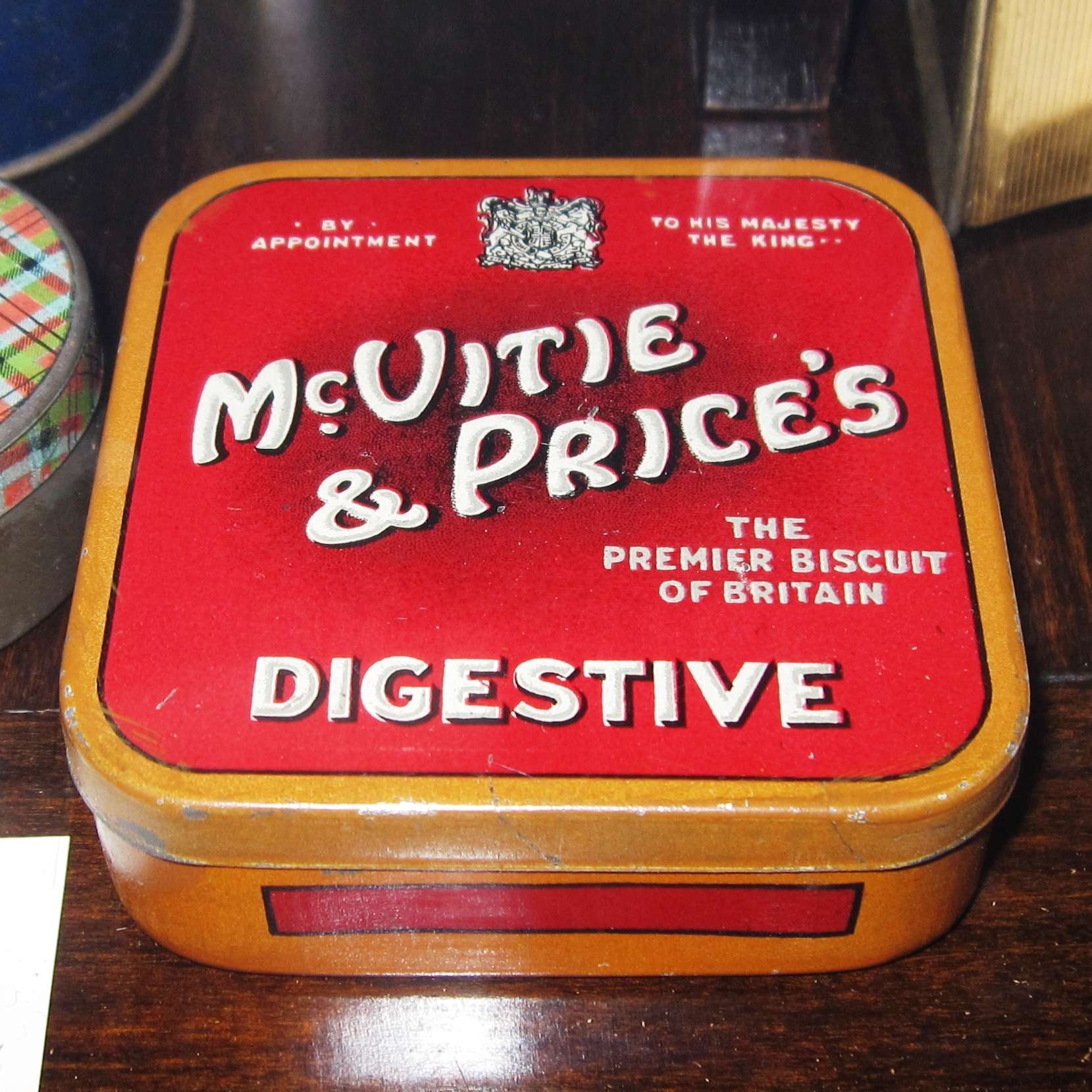By a long stretch the maker of the best-selling biscuits in the UK, producer of the famed Chocolate Digestives, Hobnobs and Jaffa Cakes, McVitie’s is another example of Scottish inventiveness and ingenuity that started small and then snowballed into massive proportions. Incredibly, sales numbers for 2020 show that McVitie’s outsold its two closest competitors by more than five to one.
It all started in Edinburgh with Robert McVitie (1809-80), an apprentice baker from Dumfries. Robert and his father William established a provision shop in Rose Street, Edinburgh in 1839, from where Robert sold his baked goods. These proved so popular that Robert opened another shop at Charlotte Place near Charlotte Square. Robert married in 1844, and with an eye toward continuing and expanding the family business, sent his two sons Robert Jr and William to study bakery on the Continent.
Royal seal of approval
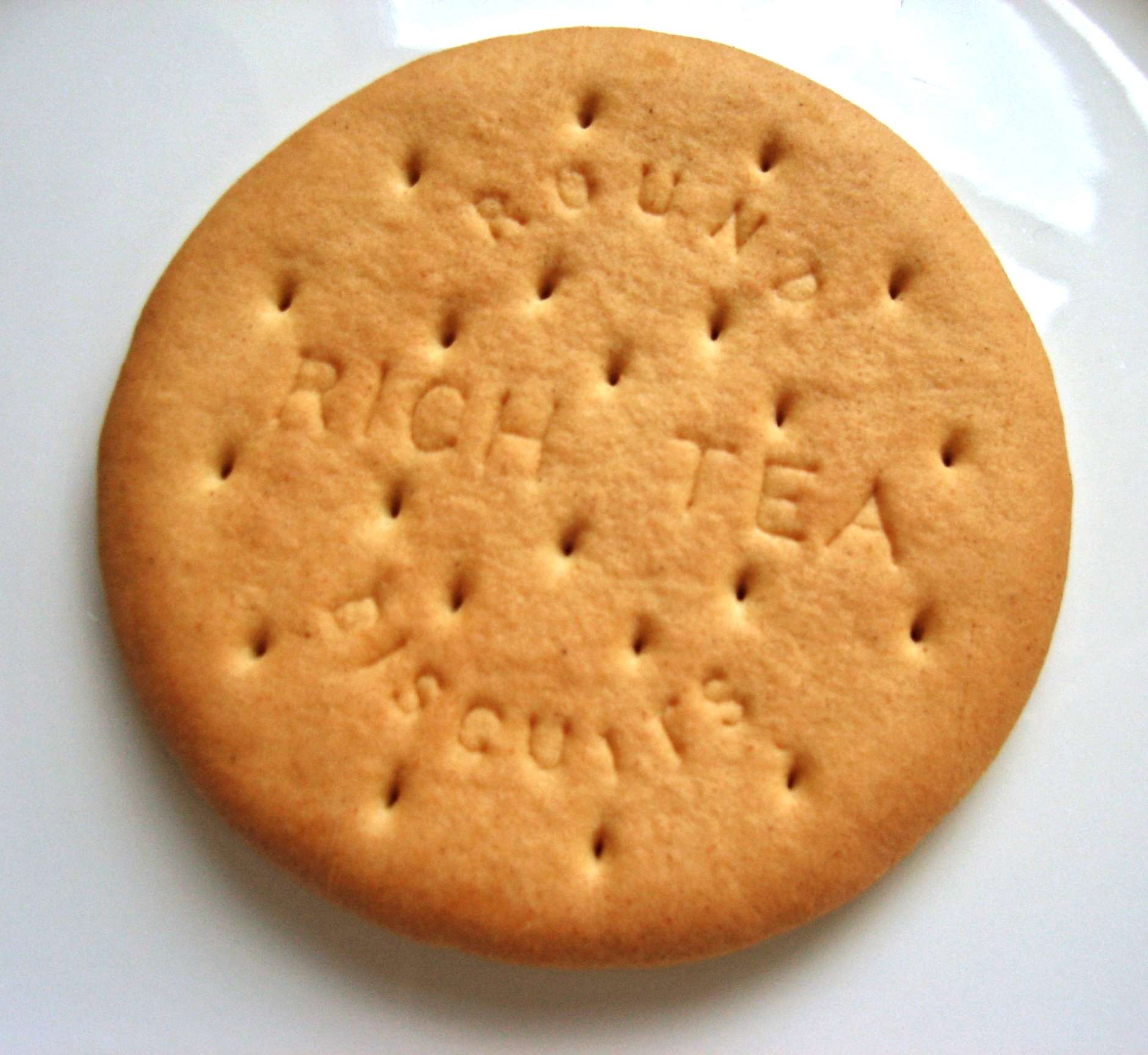
In the 1870s McVitie’s had premises at Antigua Street, East London Street, and Queensferry Street. Charles Edward Price joined the firm in 1875 as sales rep. After Robert passed away in 1880, Robert Jr took over the Queensferry establishment. Robert Jr expanded into Merchant Street in 1884, and a few years later hired biscuit maker Alexander Grant of Forres as bakery foreman. Price’s success as salesman led to the partnership McVitie & Price. Business was so brisk and demand so high that the firm couldn’t keep up the required production, so in 1888 the team established the massive St Andrews Biscuit Works in the Edinburgh suburbs.
The company marked another milestone when in 1892 Alexander Grant developed the Digestive biscuit which became a McVitie & Price flagship product. McVitie & Price received the royal seal of approval in 1893 after being requested to bake the wedding cake for Princess Mary and the Duke of York. Going from strength to strength, surging trade south of the border led the firm to establish a factory in Harlesden, North London in 1902. After Robert Jr passed away in 1910, Alexander Grant became the firm’s main shareholder and managing director.
With the outbreak of the Great War in 1914, the British government called upon McVitie & Price to apply its expertise and factories to producing ‘iron ration’ plain biscuits for the British Army. This venture required the opening of yet another production facility, this time in Manchester, in order to meet the demand. The business continued to grow post-war, and in 1922 McVitie & Price acquired Simon Henderson & Sons, an Edinburgh bakery.
In 1923 Alexander Grant donated a £100,000 endowment for the establishment of the National Library of Scotland. McVitie & Price began focusing primarily on biscuit production from 1924, as biscuits kept well, were easily portable and handy to eat on the run. High-profile travellers who used and endorsed the biscuits included George Binney, who led the Oxford University Arctic Expedition in 1924. The firm’s concentration on biscuits led to experimenting with chocolate and the creation of the Homewheat Chocolate Digestive brand biscuit, now famously known as McVitie’s Chocolate Digestives.
A titan on the British and world stage
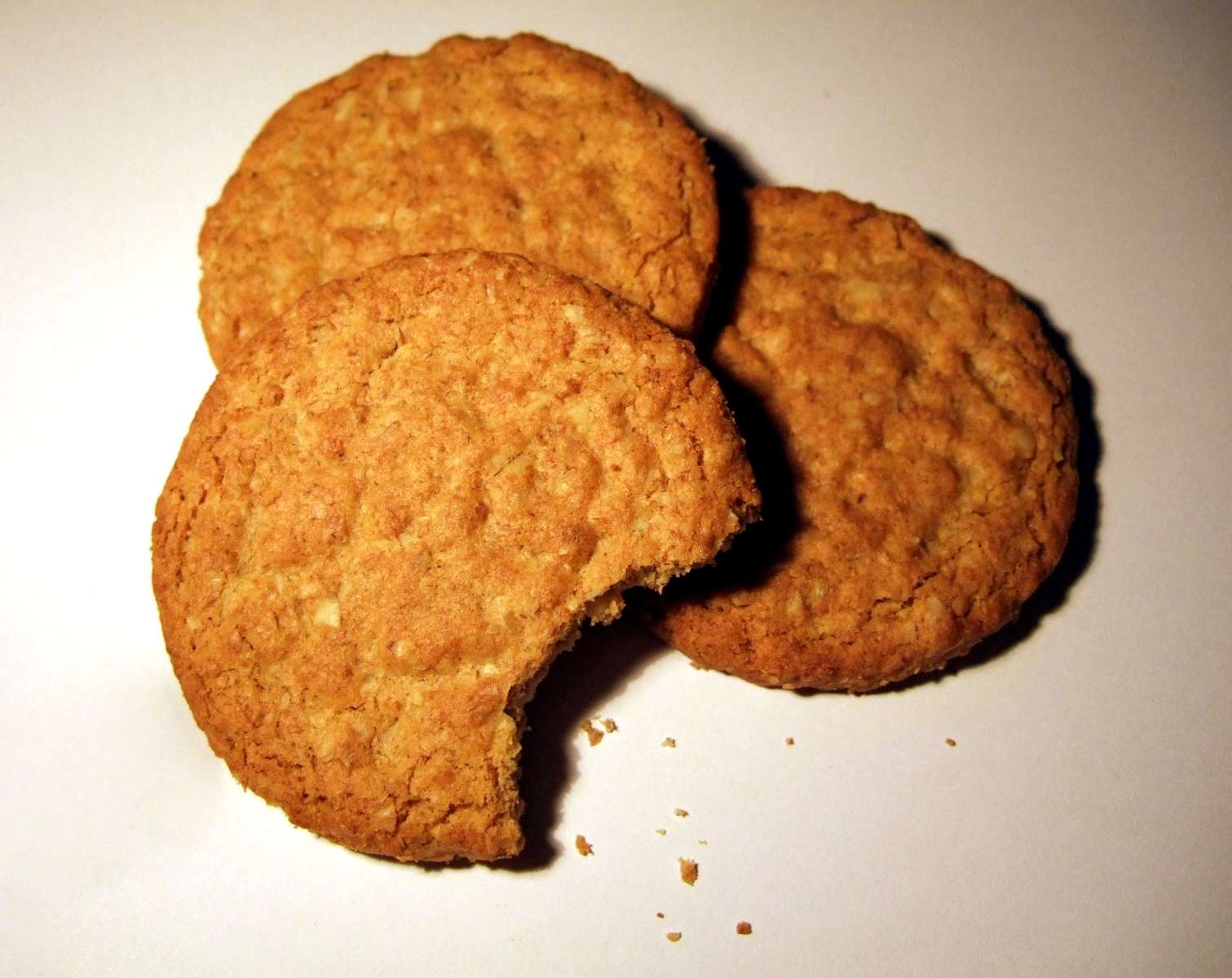
Pastries were still on the McVitie & Price agenda, however, with the now renowned Jaffa Cake appearing in 1927. Flavoured by sweet Jaffa oranges and a tangerine oil jam, the Jaffa Cake was the subject of a controversy when Her Majesty’s Customs and Excise declared that the item was a biscuit and not a cake, and so subject to VAT. The firm succeeded in proving to the courts that the Jaffa Cake is a cake, and decades later the treat remains VAT-free. Another £100,000 came from Alexander Grant in 1928, this time for the construction of the National Library site on the George IV Bridge in Edinburgh. The deprivations and sacrifices of World War II had a profound impact on McVitie & Price. So great was the effect of these challenges that while the company was producing 370 varieties of biscuits and cakes in 1939, in 1945 only 10 different McVitie & Price items were on offer.
McVitie & Price had more royal involvement when in 1947 they made the more than 2.5-metre-tall wedding cake for Princess Elizabeth and Lieutenant Philip Mountbatten. Working amidst Britain’s food-rationing restrictions, the cake’s ingredients were imported from overseas. In 1948 McVitie & Price merged with Macfarlane, Lang & Co Ltd to form United Biscuits Group. United Biscuits acquired Edinburgh biscuit company William Crawford and Sons in the early 1960s. William McDonald & Sons, the Glasgow maker of Penguin brand biscuits, came into the United Biscuits fold in 1965, followed by Carr’s of Carlisle in 1972.
Yet another McVitie’s breakthrough occurred in 1985 with the introduction of Hobnobs. So popular was this biscuit that McVitie’s brought out its chocolate variant only two years later, soon followed by another hit, Boasters. Adding to its century-long string of successes, McVitie’s introduced its Milk Chocolate Caramel Digestive biscuit in 1999, and in 2004 the product won the Dunk for Britain campaign, earning the title ‘Nation’s favourite McVitie’s dunking biscuit’. In an effort to make its biscuits more healthful, McVitie’s reduced the saturated fat content of its Rich Tea and Hobnobs brands by fifty per cent in 2009. The company performed more royal duties when in 2011 it was commissioned to create a groom’s cake for the wedding of Catherine Middleton and Prince William – a no-bake cake with McVitie’s Rich Tea biscuits as a main ingredient! Marching further on into the 21st century, McVitie’s has introduced McVitie’s Sweeet™, Digestive Nibbles and Digestive Thins. What would Robert McVitie think that well over a century on, his Edinburgh-based bakery is a titan on the British and world stage?
Did you know?
Digestive biscuits
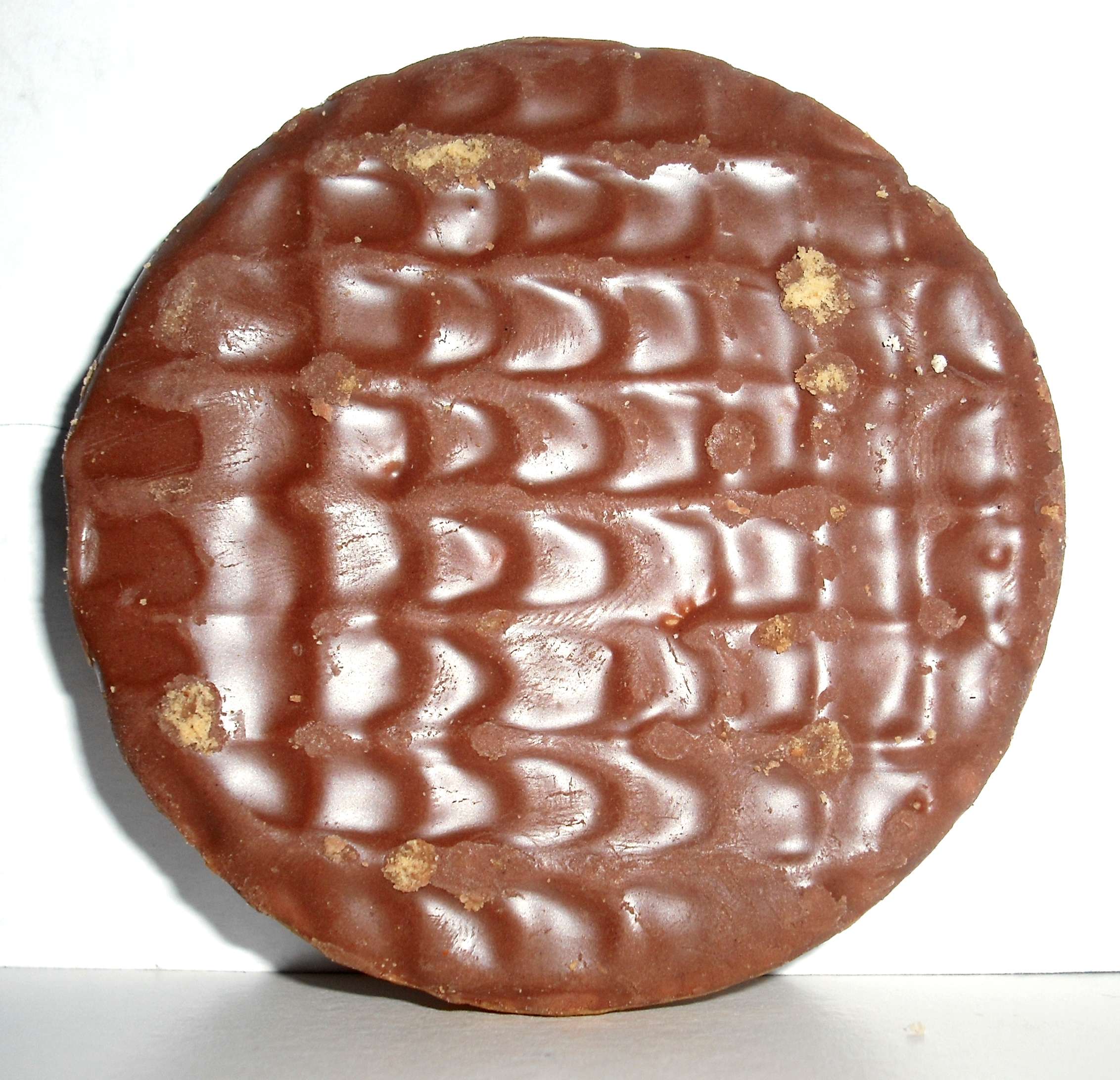
In 1839 two Scottish doctors originated the semi-sweet digestive biscuit as a digestive aid. The high sodium bicarbonate content of the recipe was believed to work as an antacid. A digestive biscuit’s basic ingredients are course brown wheat flour, sugar, malt extract, vegetable oil, wholemeal, raising agents and salt. In 1851 brown meal digestive biscuits were offered for sale in The Lancet, and Huntley & Palmers of Berkshire advertised digestive biscuits in 1876. The digestive biscuit developed by Alexander Grant and manufactured by McVitie’s was made from a secret recipe which is still in use today. McVitie’s Digestives remain the best-selling biscuit in the UK, with the Chocolate Digestives consistently voted the UK’s number one snack food.
Rose Street
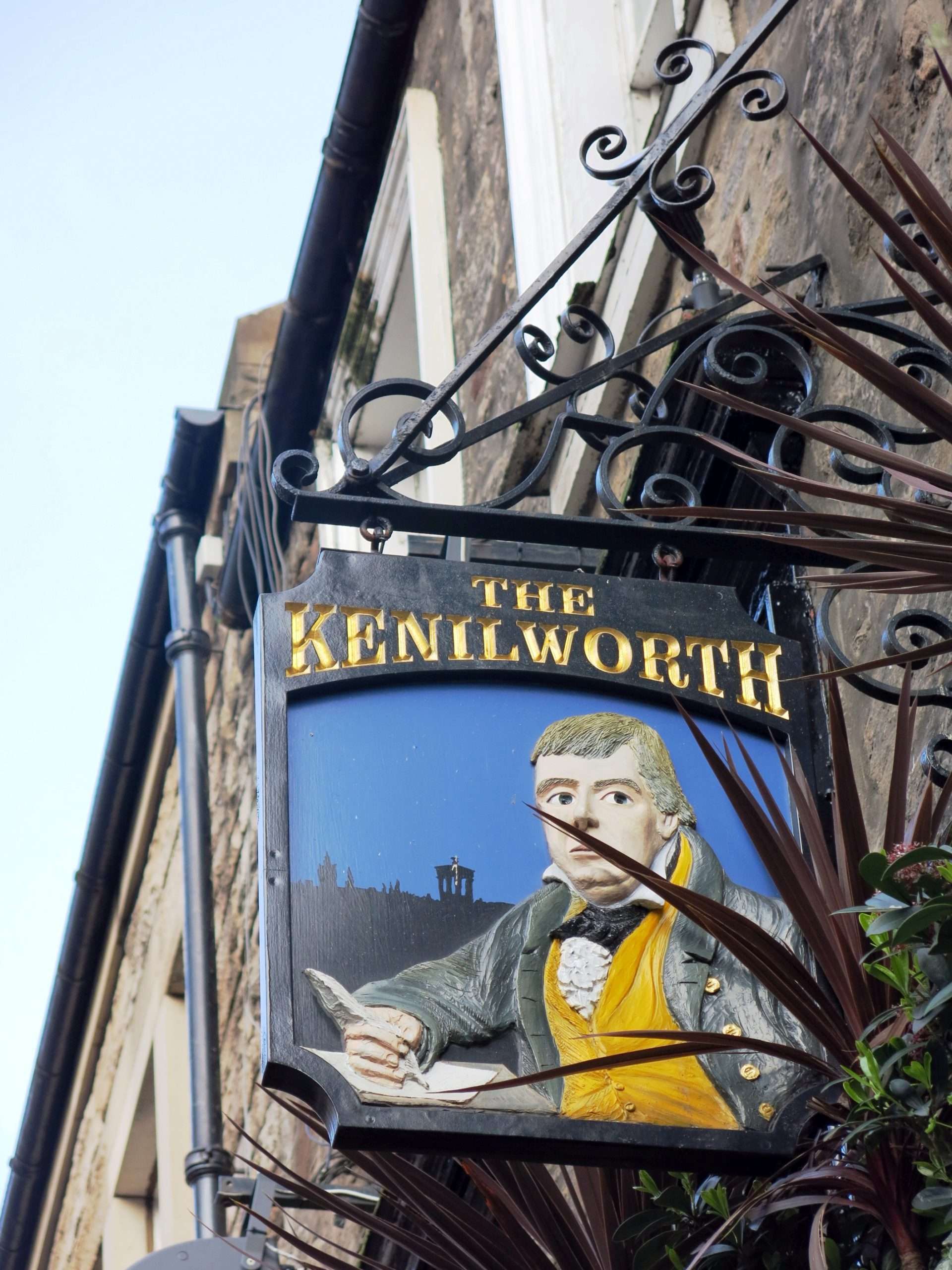
Sandwiched between George Street and Princes Street, the narrow Rose Street was constructed in 1770-81 as a secondary east-west road running from St Andrew Square to Charlotte Square. Originally lined with three-storey houses, as of 1820 more and more shops were in operation on Rose Street. This trend progressed until by the mid-20th century the entire street was devoted to shops and bars. The street became pedestrian-only in the 1980s. The Eagle Buildings (1904) and Kenilworth Bar (1899), the latter named after one of Sir Walter Scott’s Waverly novels, are notable establishments on the street.
Jaffa oranges
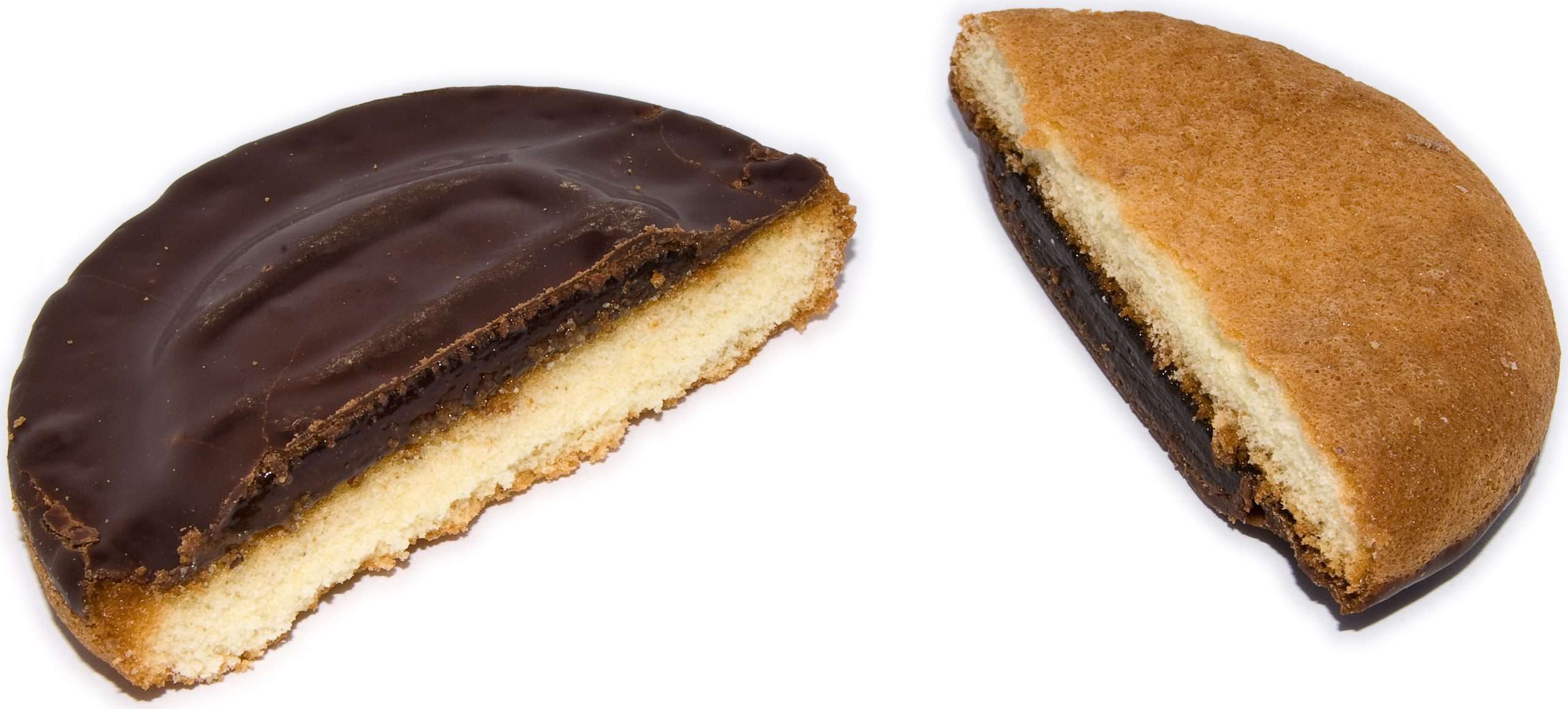
Named for the ancient Canaanite port city, now part of Tel Aviv, Jaffa oranges were developed by Arab farmers in the mid-19th century. Also called the Shamouti, the Jaffa orange is oval with a thick, deep orange-coloured peel. Due to the thickness and toughness of its peel the Jaffa travels well and so is an ideal fruit for export. Despite its hardy skin, the Jaffa is easy to peel and the flesh tastes sweet and is almost seedless.
Text by: Eric Bryan
Main photo: McVitie & Price’s Digestive factory sample, 1870-1900, Victoria and Albert Museum. Gryffindor, CC SA-BY 3.0.

